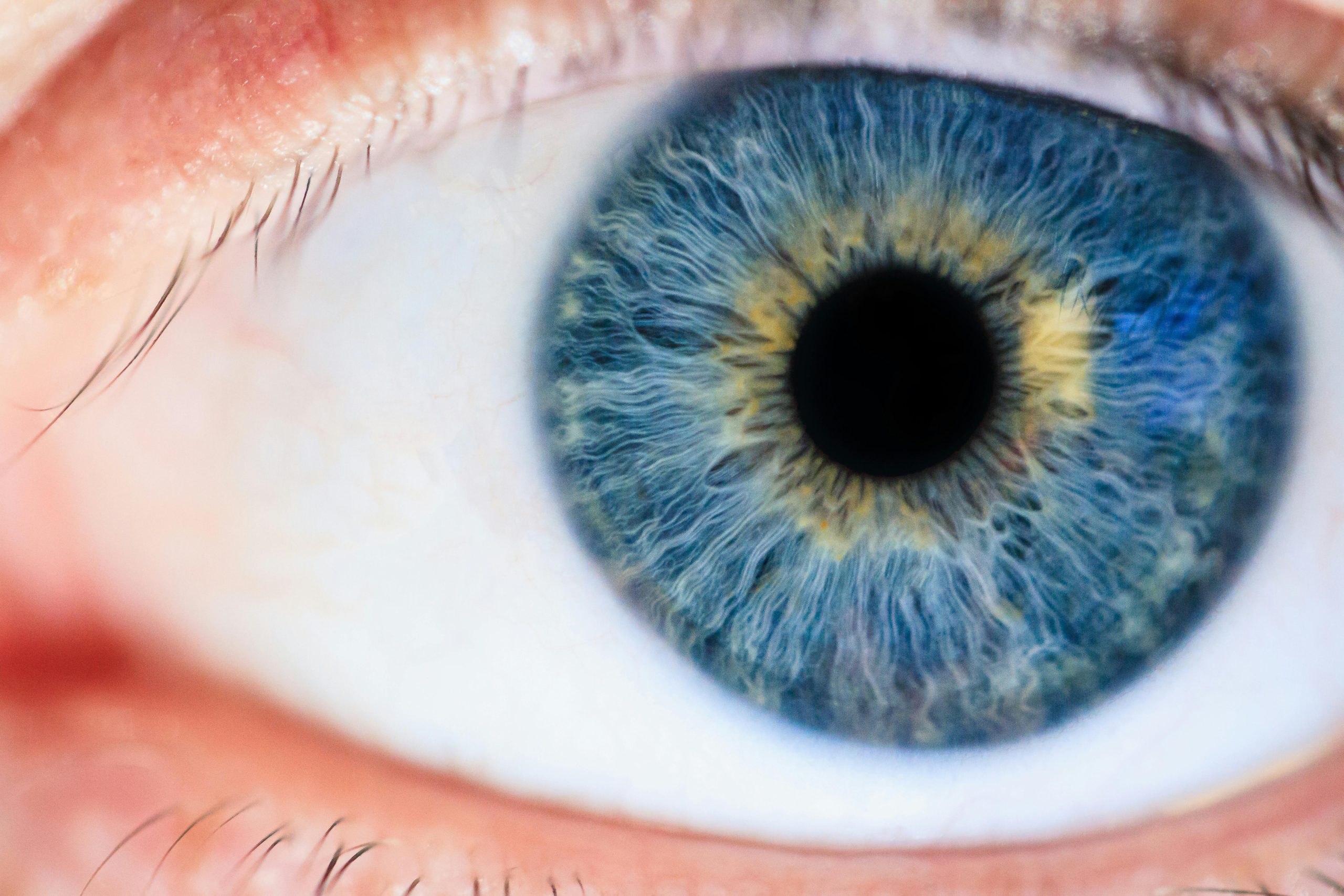The Growing Concerns of Cell Phone Radiation: Acknowledgment from WHO
In a significant turn of events, the World Health Organization (WHO) has recently acknowledged the potential risks associated with cell phone radiation, including its possible link to cancer. This admission has generated considerable discussion and concern about everyday mobile usage and its implications for public health.
Understanding the Risk
Cell phones have become an integral part of our daily lives, offering convenience and connectivity. However, as our reliance on these devices increases, so too do questions about their safety. The WHO’s stance suggests that prolonged exposure to radiofrequency electromagnetic fields—emitted by cell phones—might not be as harmless as previously thought.
While the organization has categorized cell phone radiation as a possible carcinogen, it’s essential to understand the factors that contribute to this classification. Carcinogens are agents that can provoke the development of cancer, and in the case of cell phones, the concern lies mainly in long-term exposure, particularly with devices that are used close to the head.
What Research Says
Numerous studies have tried to unravel the relationship between mobile phone usage and cancer risk. Some research presents evidence indicating a stronger correlation between heavy cell phone use and certain types of brain tumors, such as glioma and acoustic neuroma. However, the scientific community remains divided, as other studies do not find a definitive link, leading to a call for further investigation.
Despite the controversies surrounding this subject, the WHO’s acknowledgment reinforces the need for awareness and caution regarding mobile technology usage. The growing body of research and emerging evidence warrants that individuals stay informed about potential health risks.
Precautions to Consider
As mobile devices are unlikely to disappear from our lives anytime soon, it’s prudent to adopt measures to minimize potential risks. Here are some actionable tips:
-
Limit Talk Time: Reducing the duration of phone calls can help decrease exposure to radiation.
-
Use Speakerphone or Headsets: Utilizing speakerphone or Bluetooth headsets can keep the device further from your head and minimize direct exposure.
-
Avoid Carrying Phones in Pockets: Keeping cell phones away from your body, especially in your pockets, is another way to reduce exposure.
-
Turn Off When Not in Use: Switching off your phone or utilizing airplane mode when it’s unnecessary can also help mitigate electromagnetic radiation exposure.
Conclusion
The WHO’s recent admission regarding the potential risks of cell phone radiation brings to the forefront the importance of ongoing discussions about our health in



